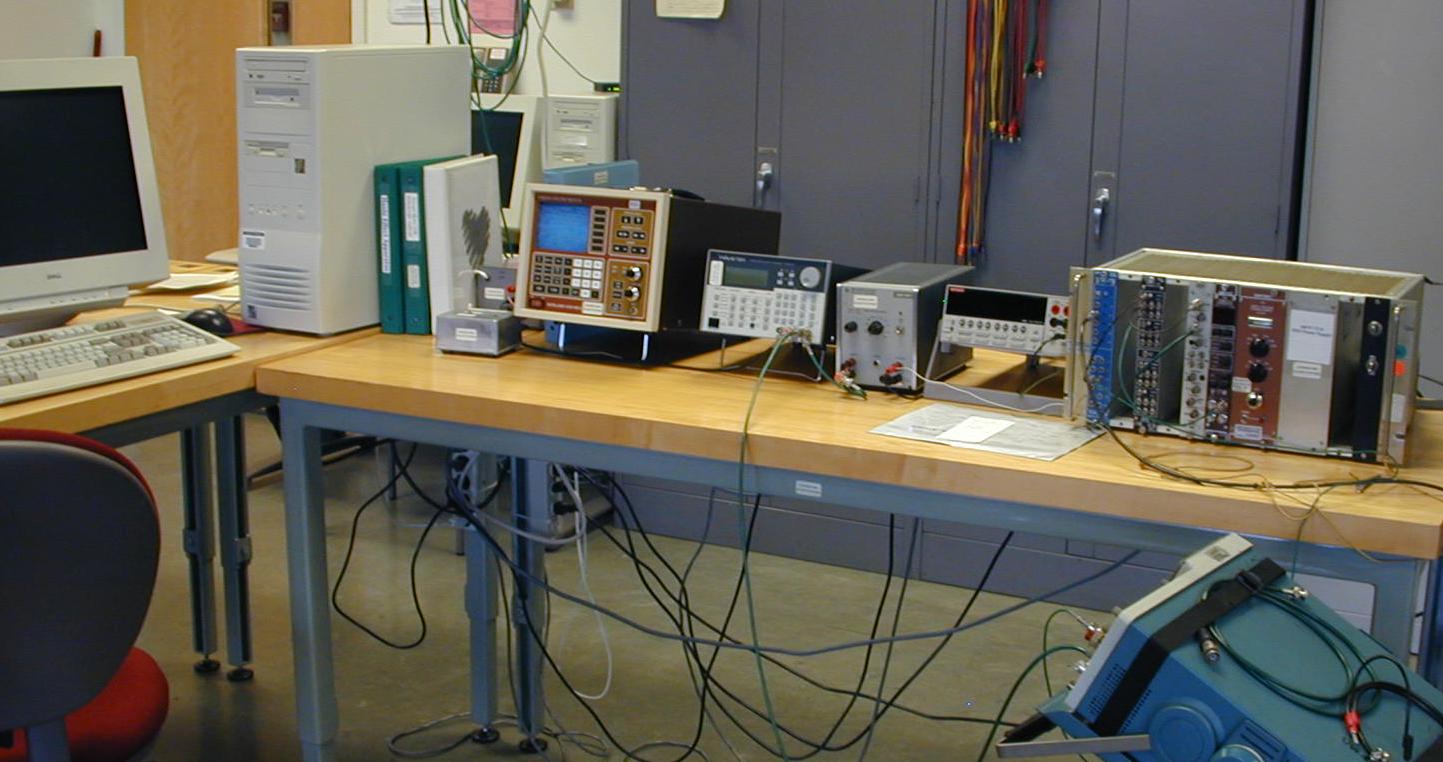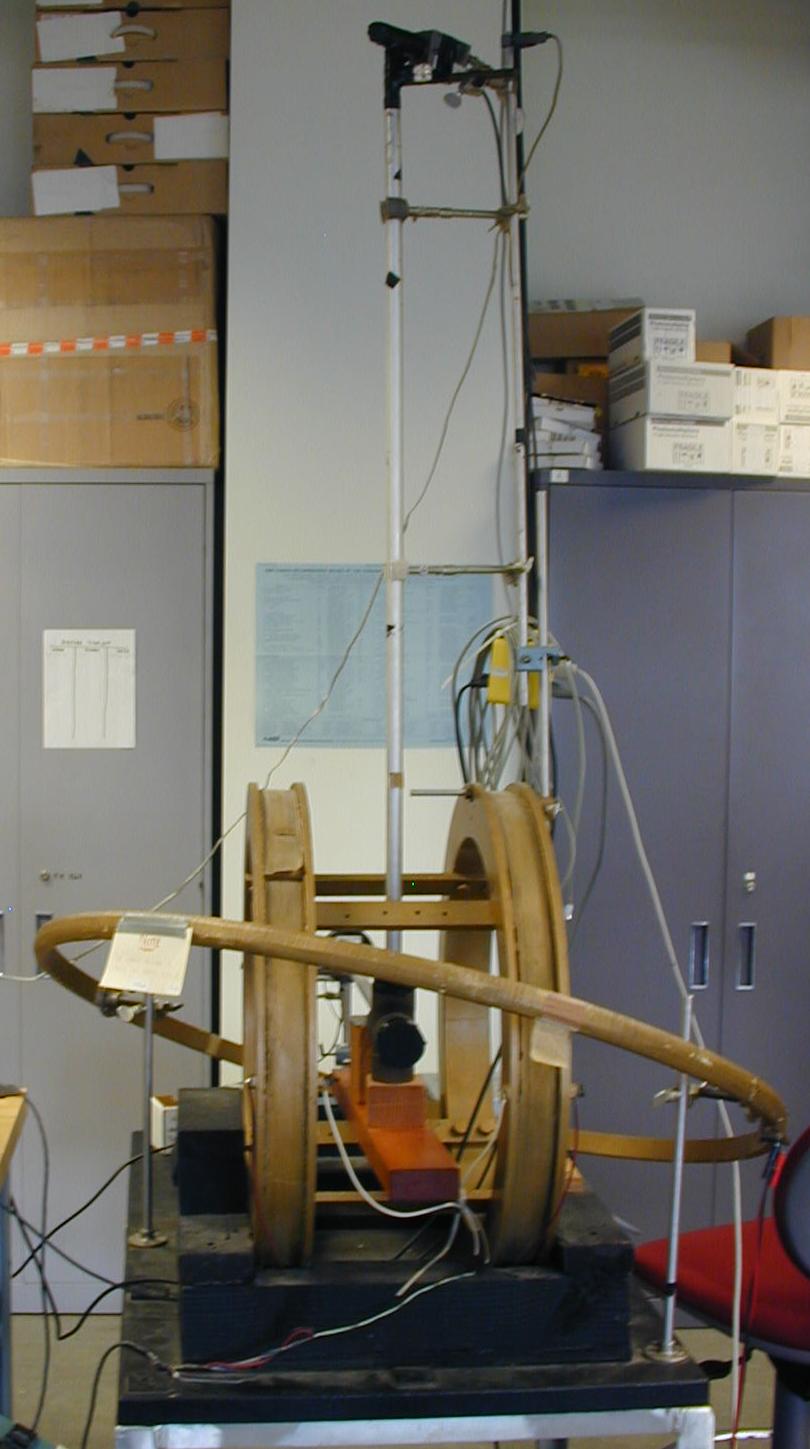The Hanle effect
The Hanle effect in mercury atoms is used to make a Doppler-free measurement of the lifetime of the first excited state. Light from a secondary mercury source is shown onto a primary mercury vapor cell located in a slowly varying magnetic field. This field induces a Larmor precession in the excited atoms, and as they decay to the ground state the precession results in a time varying spatial distribution of the decay radiation. The magnitude of the decay radiation is measured as a function of magnetic field strength. The data are fit to a Lorentzian lineshape, thus allowing the students to determine the lifetime as one of the fitting parameters. For many decades this method was the only Doppler-free way to measure atomic lifetimes.

